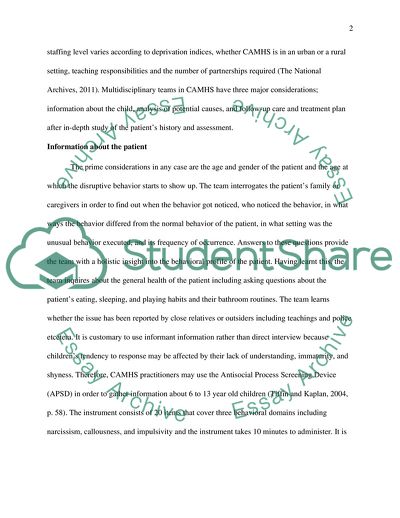Cite this document
(What should a multidisciplinary team consider when a child and family Essay, n.d.)
What should a multidisciplinary team consider when a child and family Essay. https://studentshare.org/psychology/1847894-what-should-a-multidisciplinary-team-consider-when-a-child-and-family-present-to-child-and-adolescent-mental-health-services
What should a multidisciplinary team consider when a child and family Essay. https://studentshare.org/psychology/1847894-what-should-a-multidisciplinary-team-consider-when-a-child-and-family-present-to-child-and-adolescent-mental-health-services
(What Should a Multidisciplinary Team Consider When a Child and Family Essay)
What Should a Multidisciplinary Team Consider When a Child and Family Essay. https://studentshare.org/psychology/1847894-what-should-a-multidisciplinary-team-consider-when-a-child-and-family-present-to-child-and-adolescent-mental-health-services.
What Should a Multidisciplinary Team Consider When a Child and Family Essay. https://studentshare.org/psychology/1847894-what-should-a-multidisciplinary-team-consider-when-a-child-and-family-present-to-child-and-adolescent-mental-health-services.
“What Should a Multidisciplinary Team Consider When a Child and Family Essay”. https://studentshare.org/psychology/1847894-what-should-a-multidisciplinary-team-consider-when-a-child-and-family-present-to-child-and-adolescent-mental-health-services.


